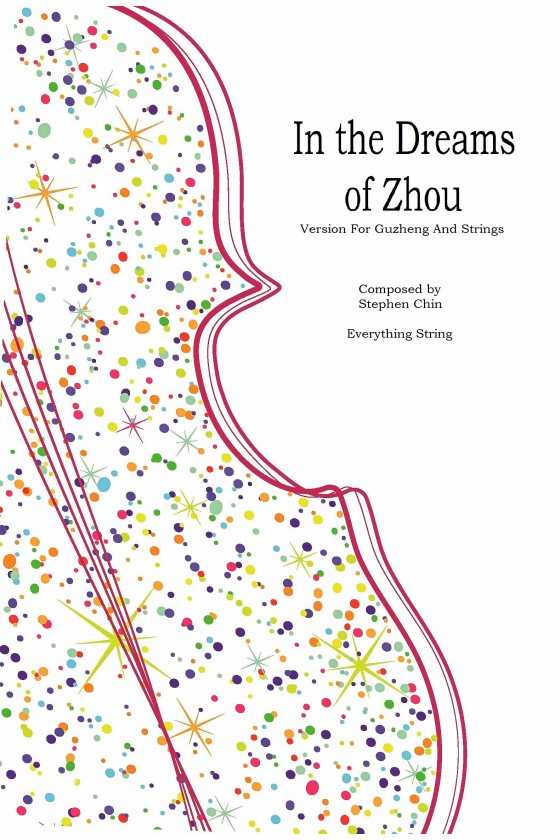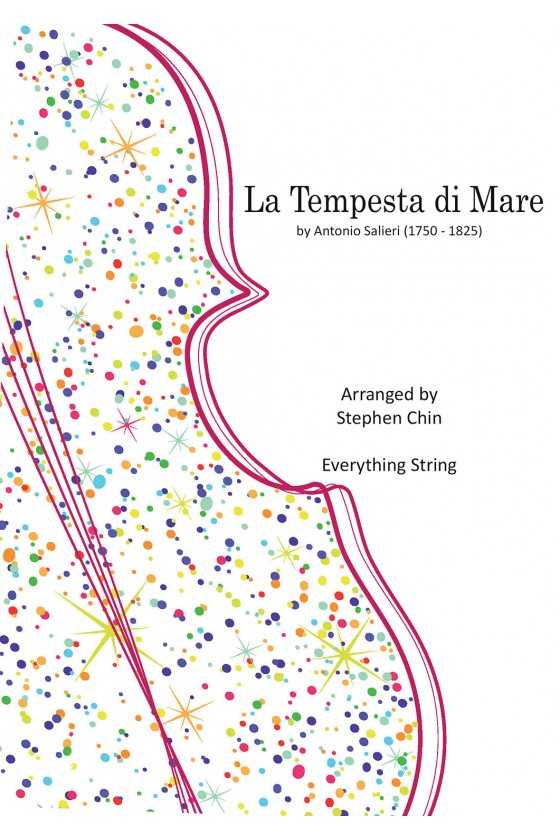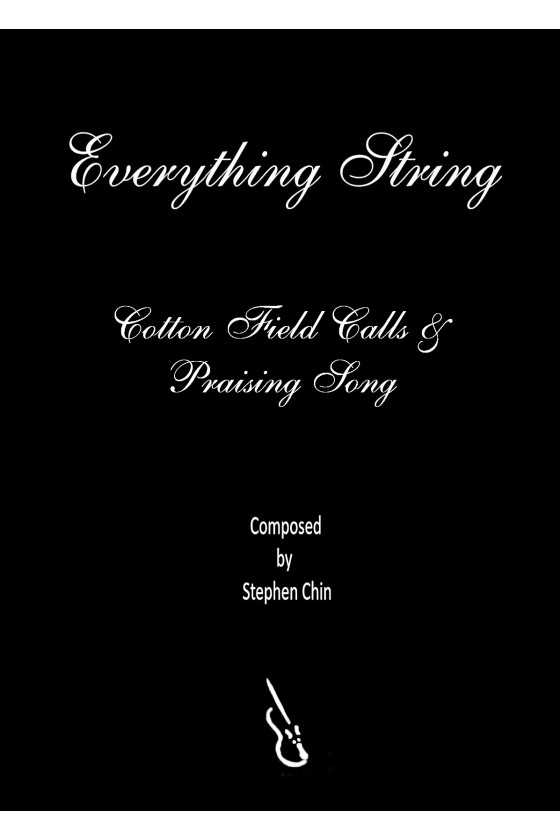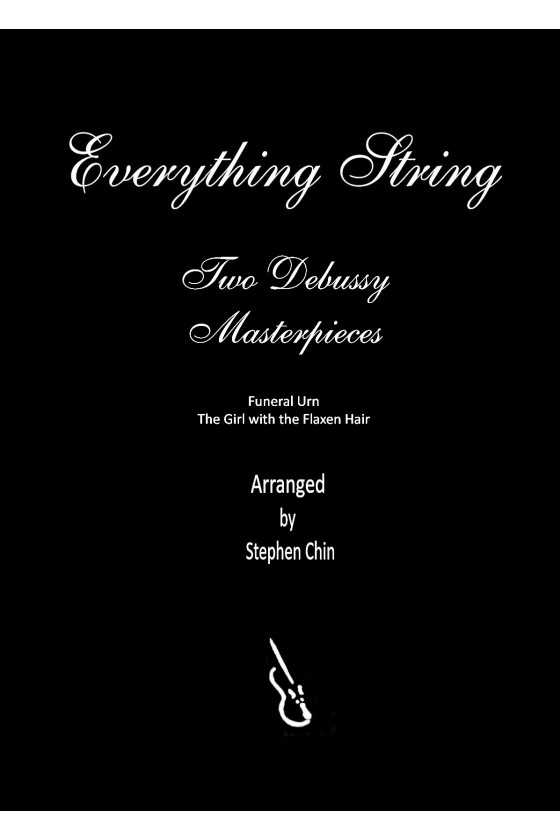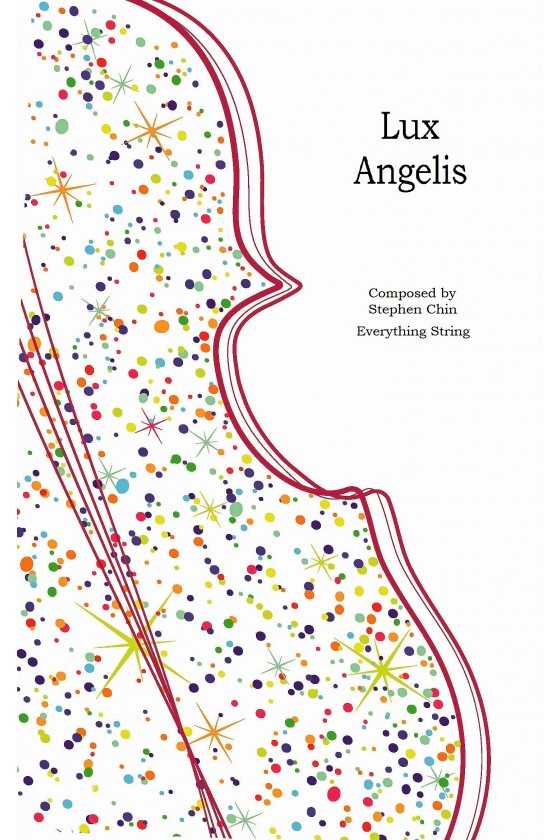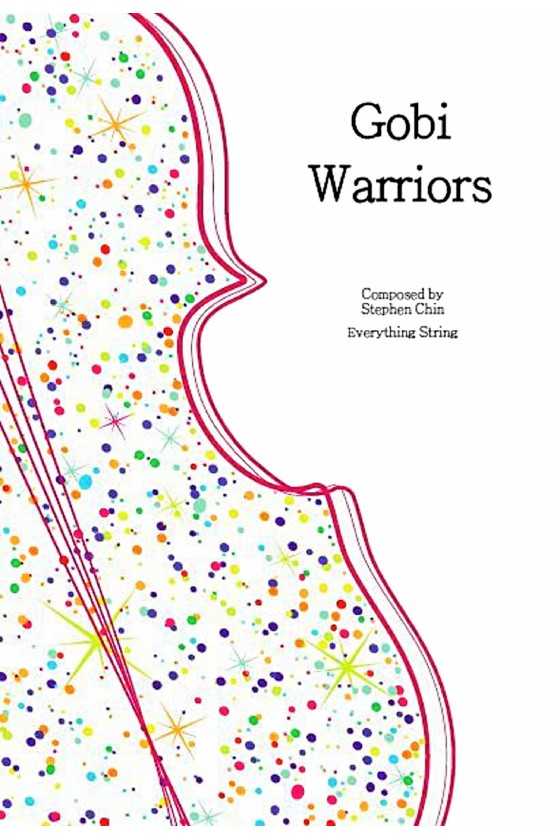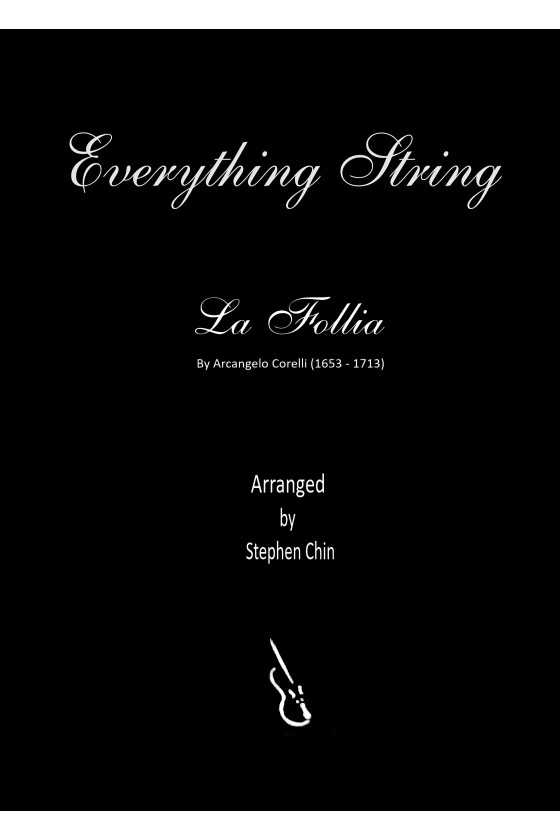In The Dreams Of Zhou – Version For Guzheng And Strings By Stephen Chin
As the ninth century BC dawned, Emperor Zhou held the reins of power in China. This era marked the genesis of the I Ching, a series of divination texts that could help one interpret one's thoughts and dreams. The Dreams of Zhou, a mesmerizing musical composition, is a testament to that time. It commences with an expanse of harmonics that shroud a truly plaintive melody, which gradually leads into an energetic section that evokes many aspects of what one would imagine to be a vibrant life in ancient China. At one point, all the main themes are combined to create a genuinely dreamlike state, transporting the listener to the depths of their subconscious. The composition concludes with thrilling cascades of repeated sixteenth notes, leaving one with a sense of awe and wonderment.
Listen to In the Dreams of Zhou - for Guzheng and Strings


